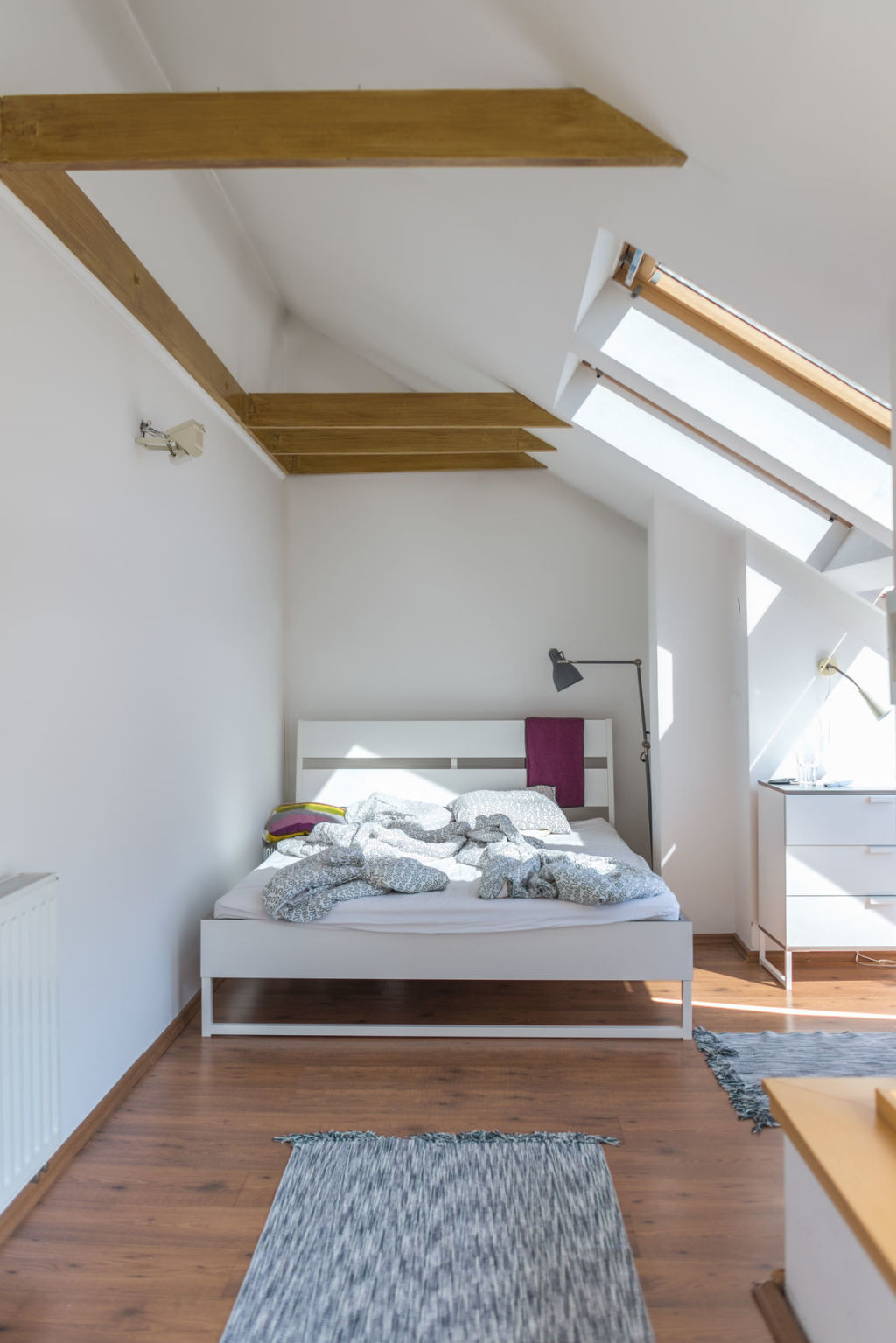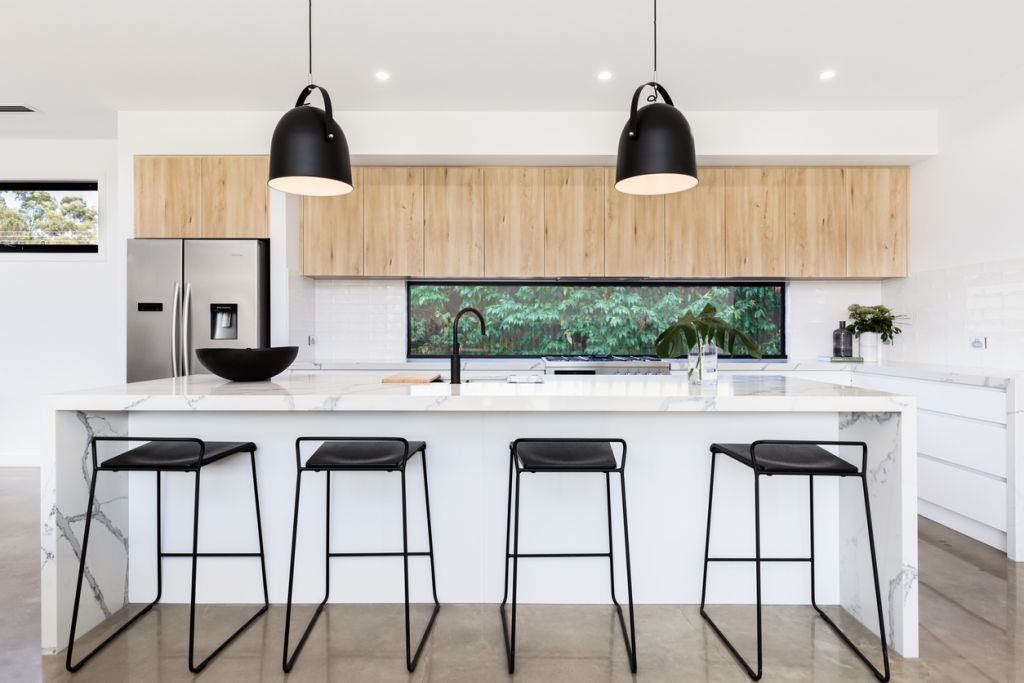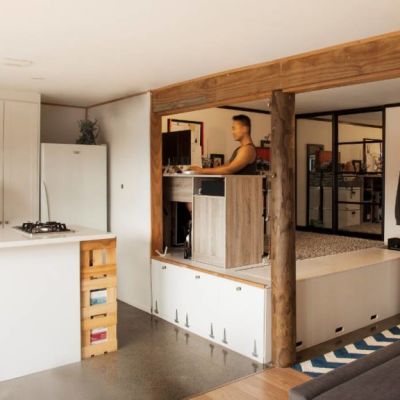From spouses to housemates: The couple living together after their break up

After two years of trying to make it work, mother-of-two Katrina Loukas accepted that her marriage was over. For Loukas, however, the end of her marriage did not require breaking up the family unit. As a trained psychotherapist, she realised that the good nature of her relationship with her husband left her with options.
“I realised we had immense respect for one another, we cared about the wellbeing of each other, and we had an awesome parenting partnership,” Loukas says. “Did I want to be living on my own? No. Why do that when I didn’t mind living with him. I just didn’t want to be in a relationship that had expired.”
The arrangement that Loukas and her husband agreed upon involved maintaining the family unit by continuing to live in the same house, but in separate rooms. “Why not bring up your children with the one person that cares about them just as much as you do, if you don’t hate each other,” says Loukas.
Living together but apart gave Loukas, and her now-former husband, the space and time to share their breakup slowly and age appropriately with their kids. This arrangement also worked from a financial perspective as being available to her children was crucial to Loukas. “Two households were not viable financially unless I went back to full-time work,” she says.

Loukas’s experiences have inspired her to run a program aimed at helping others in similar situations. The GROOM (Get Right OntO your Marriage) program helps couples either rejuvenate their marriages or navigate their way through a relationship breakup as positively as possible.
“GROOM’s mission is to build a community of unbridled life-hackers who are alive with fun, passion, laughter and purpose, and whose children are unscathed in the process,” says Loukas. “I also offer mentoring support to those co-parenting while living together.”
This is a trend that is becoming increasingly popular according to Bessie Hassan, money expert for Finder.
“Government data shows the number of Australians cohabiting with an ‘ex’ increased by 10 per cent between 2016 and 2017,” says Hassan.
And the exact arrangement will be as unique as the individuals involved. “Some divorcees continue to share meals and split responsibilities like cleaning and gardening, while others live like strangers under the one roof,” says Hassan.
Setting boundaries upfront can help a household under this arrangement run smoothly. “Whether it is to do with bills, cleaning up or who is picking up the kids of an afternoon, communication is key,” says Hassan.
But this living arrangement is not without financial risks.
“If your home is only in your ex’s name, you might want to consider legal protection in the form of a caveat to prevent the property being sold without you getting paid out your share,” says Hassan. “It’s also a good idea to consider cancelling any redraw options on your home loan, or at least make sure that they require the signatures of both you and your ex before approval.”
Over the past 15 years, Shaya Lewis-Dermody has practised as a family lawyer in several states across Australia and has noticed that the majority of her clients who have opted to live together post-separation have been in Sydney.

“I suspect my observation of the higher numbers in Sydney, in particular, is due to the higher cost of living,” says Lewis-Dermody. “We sometimes see separated couples continuing to reside together regardless of whether or not they have children.”
Ex-partners need to be able to get along for this arrangement to work. “I do not tend to see separated couples continuing to live together where the level of conflict has been high or in matters where there has been family violence,” says Lewis-Dermody.
Mindset is critical to increasing the chances of this arrangement working out. Clarifying co-parenting expectations upfront can also help, possibly through the use of a counselling service.
“Most of these parents are continuing to live together with a view to successful co-parenting, and certainly the children are at the forefront of their minds,” says Lewis-Dermody.
However, couples opting to live together post-separation usually don’t intend for the arrangement to be permanent. The point at which the setup becomes difficult is when one of the ex-partners starts a new relationship. “I usually recommend that the parties agree on what will happen prior to one of them moving out,” says Lewis-Dermody. “It may be that it is as simple as drafting a Parenting Plan to confirm the ongoing arrangements.”
Despite the potential difficulties, for Loukas and her family, the arrangement was enormously beneficial. It allowed her to offer her children stability in what could otherwise have been a difficult time for them.
“We would say things like ‘we are best friends who have two children together, and you two are the most important thing to us right now,” recalls Loukas. “It’s quite simple, really, when you think about it.”
We recommend
States
Capital Cities
Capital Cities - Rentals
Popular Areas
Allhomes
More










